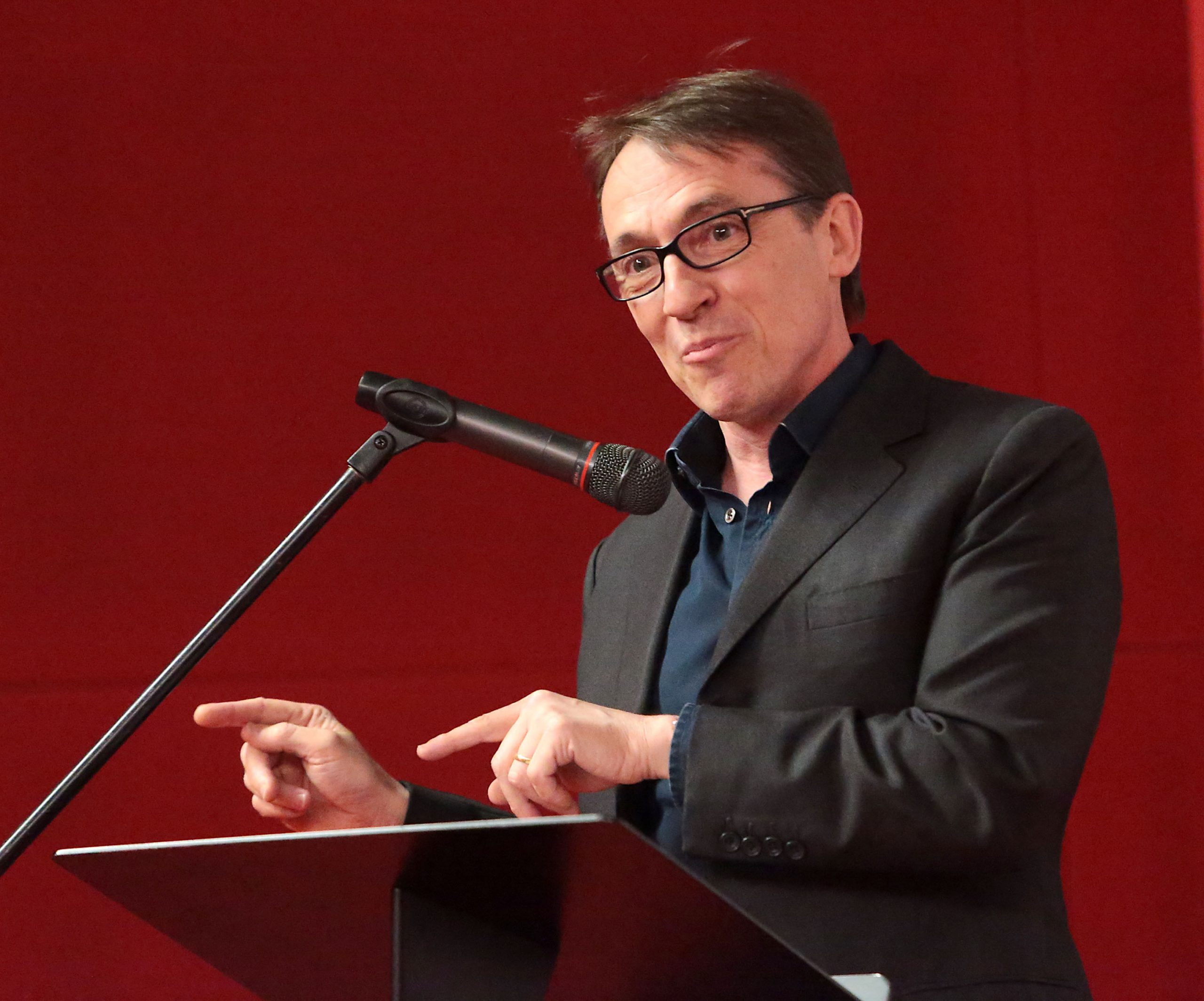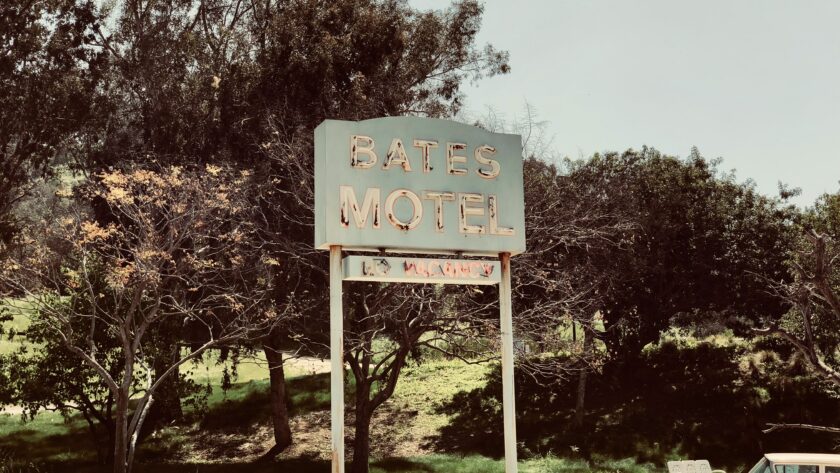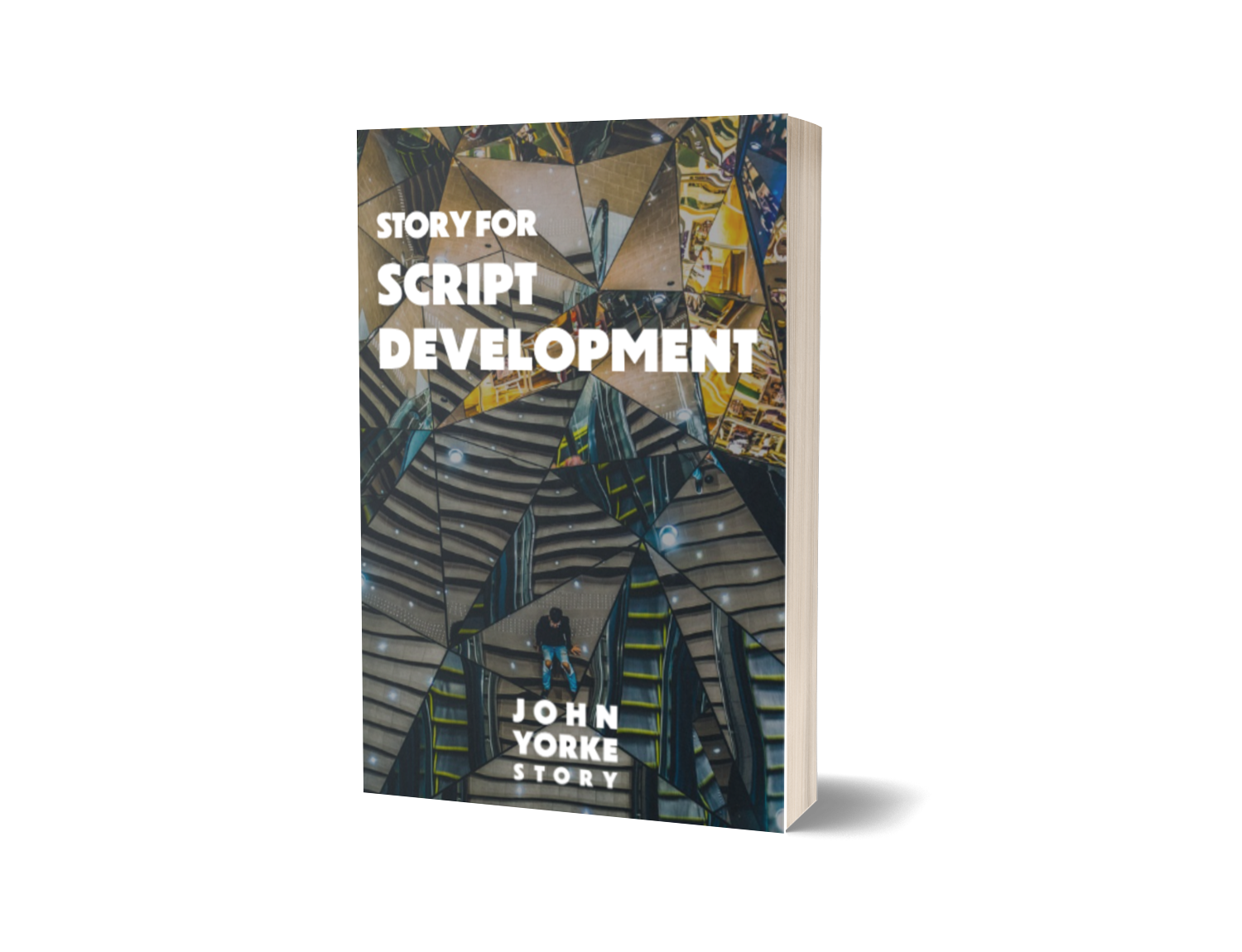There is an awful lot of nonsense written about screenwriting.
As soon as you read, “There has to be an Inciting Incident on page 23. Not page 20, not page 24. Page 23. Put it there“[i], one should be suspicious. That it mentions neither page or font size should be warning enough, but the sheer prescriptiveness of the instruction should make even the credulous recoil. This kind of writing (and teaching in many places) is symptomatic of whole swathes of an industry that in recent years seems to have grown out of control. It needs to stop.
On March 27th, 2013 the screenwriting guru John Truby posted an article[ii] that in many ways encapsulated – certainly if one takes into account the comments it generated – all that was good and bad about the study of screenwriting.
Entitled “Why 3 Acts will kill your writing”, Truby launched a broadside against the uniformity of teaching, built as most of it was around the “three act paradigm” first popularized by Syd Field in the 1970’s. He roundly declared that:
“The so-called 3-act structure is the biggest, most destructive myth ever foisted on writers. I would like to call it obsolete. But that implies that it worked in the first place. It didn’t.”
Warming to his theme his ire increased. “The 3-act structure exists for one reason and one reason only: a story analyst declared it into existence. He found that something important seemed to happen in some successful scripts on page 27 and on page 87. He called them plot points, said that based on these plot points every screenplay had three acts, and incredibly, everyone bought it… Such has been the sad state of screenwriting training and the desperation of screenwriters themselves”, he concluded, “no one noticed that the emperor was in fact naked”.
It was a powerful argument. To a new writer trying to make their way in the industry, or to anyone who has read a handful of the books he described it was immensely attractive. Where there was doubt it offered certainty, where there was intellectual vacuity, it promised clarity.
Truby then was on the side of the good guys: those like Russell T. Davies who are infuriated by the spurious instruction so many receive. Davies, the creator Queer as Folk and the mastermind behind the rebirth of Doctor Who, rails:
“Wherever I looked, the writing of the script was being reduced to A, B, C, plots, text and subtext. Three Act Structure and blah, blah, blah. And I’d think, that’s not what writing is! Writing’s inside your head! It’s thinking! Its every hour of the day, every day of your life, a constant storm of pictures and voices and sometimes, if you’re very lucky, insight”
Truby’s post is regularly recycled on social media, and what’s striking about it is the length, size and fury on all sides of the comments it provokes.
– John Yorke
So what did John Truby recommend to replace all this reductive literature?
A 22 point story structure.
To which the only sane response can be “What?!”
Truby’s post is regularly recycled on social media, and what’s striking about it is the length, size and fury on all sides of the comments it provokes – comments that don’t seem to abate any time it appears.
The responses range across all sides – from enthusiastic agreement: “I have found that most people who use three-act structure can’t tell me what an act is”; to great scepticism: “it’s an extreme luxury to allow oneself the authority to dismiss formal craft in screenwriting… or painting… or ballet… “. There’s displaced anger too: “A major reason for the three act structure being adopted as gospel was not as an aid to writers but as a way of helping the more hopeless brand of development executive”; and finally a weary resignation with an argument that never seems to find resolution: “Oh sod it… Just go watch Blue Valentine”.
As a debate, it proves inconclusive. As a snapshot of the state of an industry it is far more enlightening. What’s its most important lesson? Film and television are the dominant art form of the 21st Century, yet there is absolutely no consensus as to either what constitutes that art, what the craft skills required to make it are, nor how they are taught.
Still – the old mantra goes – you can’t teach writing. But is that true? To answer it let’s look somewhere else for a while – because you can’t teach painting either, can you?
The story of the African-American artist Jean Michel Basquiat is instructive. Born in 1960 of Haitian and Puerto Rican descent, he rose to fame as a graffiti artist, a talent fermented in the cauldron of the Lower East Side. It was the late 1970’s – Manhattan was still accessible without wealth, and in the cross-cultural collision between street art, post punk and hip hop he forged his style.
Basquiat was not without talent, but there was a suspicion that his spectacular rise to fame (he graced the cover of the New York Times Magazine in 1985) came as much from his radical politics, his associations (Madonna’s boyfriend, Bowie and Blondie’s Rapture video among others), and the vaguely patronising suggestion that his background allowed him to access some kind of primitivism. He was cool, in other words. But was he any good?
The late art critic Robert Hughes didn’t think so. “In a saner culture than this one, the 20-year-old Basquiat might have gone off to four years of boot camp in art school”, he thundered. There he might have “learned some real drawing abilities (as distinct from the pseudo-convulsive notation that was his trademark), and in general, acquired some of the disciplines and skills without which good art cannot be made.”
Hughes’ attack, not so much on Basquiat but of the culture that surrounded him, was part of a wider onslaught – “For nearly a quarter century, late-modernist art teaching (especially in America) has increasingly succumbed to the fiction that the values of the so-called academy – meaning, in essence, the transmission of disciplined skills based on drawing from the live model and the natural motif – were hostile to ‘creativity’.”
In other words, you can teach painting – you can create an environment where disciplined application and rigorous thought will, over time, give birth to great talent; and you can do the same thing with writing too.
– John Yorke
Hughes was not some crusty old warrior bemoaning the ways of a younger generation. He was a champion of modern art, and his book The Shock of the New remains the definitive work on the subject 36 years after publication. But he was angry, because he felt that art was a skill that required disciplined training. Hughes loathed the juvenile belief that art just happened – that it came solely from the wellspring of genius – and he argued furiously that while the study of line drawing may not have been fashionable, it underpinned the work of every titan of the art world from Picasso and Mondrian to de Kooning.
Without these craft skills there was nothing to value in a work – its appeal relied entirely on the vagaries of fashion. And fashion, as Basquiat was to find out, was transient. A tragic death from heroin at 28 ironically stopped him from completely disappearing; that, and the pyramid scheme that underpins modern art means that there is still a market for his work, but the tragedy Hughes believed lay not only in his death, but in what he could have been had he been nurtured properly.
In other words, you can teach painting – you can create an environment where disciplined application and rigorous thought will, over time, give birth to great talent; and you can do the same thing with writing too. To do so, however, requires an absolute understanding and mastery of the craft skills required. This is where screenwriting hits a problem; because as Truby’s post proves – and the comments it inspired underlined – there’s absolutely no consensus as to what those skills are.
It’s infuriating, because there should be, and because the rules are deceptively simple. Or at least the true rules are. “The real rules are the rules of drama, the rules that Aristotle talks about,” said Aaron Sorkin – who knows more than most about dramatic structure. Aristotle posited that stories should have a beginning, middle and end – that a position should be stated, explored and a conclusion reached.
It’s a structure as old as time; used lovingly by Sorkin and all those who went before him. It’s three acts; position stated, explored and conclusion reached, dramatised. Sorkin himself proved on occasion that you can break these rules, just as Schoenberg, Ayler, Picasso and Mondrian were to do – but all knew exactly what rules they were transcending. They understood that the rules helped.
This however poses one absolutely key question – how can you tell the real rules from the fake ones? It’s not easy, but it’s essential, because it’s in that territory – that lawless frontier – where so much snake oil is sold.
When I first started researching Into the Woods I was baffled about how much was written about film narrative, but how little there was on literature. It seemed axiomatic that the rules of narrative had to be the same across both forms (otherwise they couldn’t be rules), yet in academic circles the whole idea you could analyse narrative structure was – is – seen as little more than a quirk. Outside of the Russian Formalists, and a few brave English Professors (notably A.C. Bradley, Professor Of Poetry at Oxford from 1901–1906), it simply wasn’t something taken seriously.
I asked one esteemed English Professor from a reputable University what he thought of Robert McKee. He looked at me blankly: “Who?”
If a writers job is to explore truth, then the least they can do is first seek it out in their craft.
– John Yorke
It was a shocking moment. The entire industry of screenwriting gurus – the very system John Truby attacks yet contributes to – has no purchase in academic circles at all. And for that, there’s a simple reason.
You will not be taken seriously in an academic environment if your work only asks “how”. “How” gives you a globe perched on the shoulders of Atlas, a sun that goes round the earth, a flat planet, racial superiority and the belief that smoking is good for you. External observation only ever reveals the prejudices of a time. It’s a basic tenet of any formal rigorous approach that all enquiry must examine cause. It must ask “why?”.
So Into The Woods began as an attempt to answer a question almost no one else had bothered to ask – why does structure exist, and why is it the shape it is? It was born out of a frustration with existing screen writing literature; at the lack of any discernible underlying logic. It was not just a pious concern. My job as a television executive meant I could see at first-hand how many new writers, ill equipped to deal with the high pressure demands upon them, were being destroyed by an industry that, faced with high overheads, time-poor, simply had no time to correct failure and nurture talent.
It’s a toxic combination. Desperate for any clue as to how to survive in a ruthless industry, writers were – are – vulnerable to the most dangerous drug of all: false hope.
So as we now head towards its paperback publication it’s worth making one point clear. This book won’t make you a better writer. Not by itself. No one book will. But as part of something bigger – the steady, solid, consistent thrum of practice; the belief that study and application are important; and perhaps above all the understanding that if a writers job is to explore truth, then the least they can do is first seek it out in their craft. Picasso found, as Mondrian found, that knowledge should not to be feared.
The empirical investigation of a craft should be embraced; the “why” given at least equal emphasis as the “how”. Knowledge should be guarded and policed, and shamans run from the building.
The British screenwriter Alan Plater once boasted that the proudest moment of his illustrious career was punching Syd Field in the face [iii]. Part braggadocio, part insecurity (and there’s no evidence he actually did), Plater railed again the teaching of structure, unaware that he wrote perfect structure himself. But he was terrified of writing according to a template; terrified of writing by rote.
It would be churlish to say that all screenwriting books are bad, as he was often wont to proclaim [iv]; clearly there are many that offer help and enlightenment – but Plater’s concern, that following a recipe would diminish his work, is a valid one to which attention should be paid. But following a shape and understanding why it exists are two different things.
John Truby says three act structure is terrible.
He states his position
He explores it.
He reaches a conclusion.
John Truby writes in three acts.
__
References
i Blake Snyder, SAVE THE CAT
ii RAINDANCE blog
iii Conversation with Author
iv Lectures by Alan Plater to BBC Writers Academy





